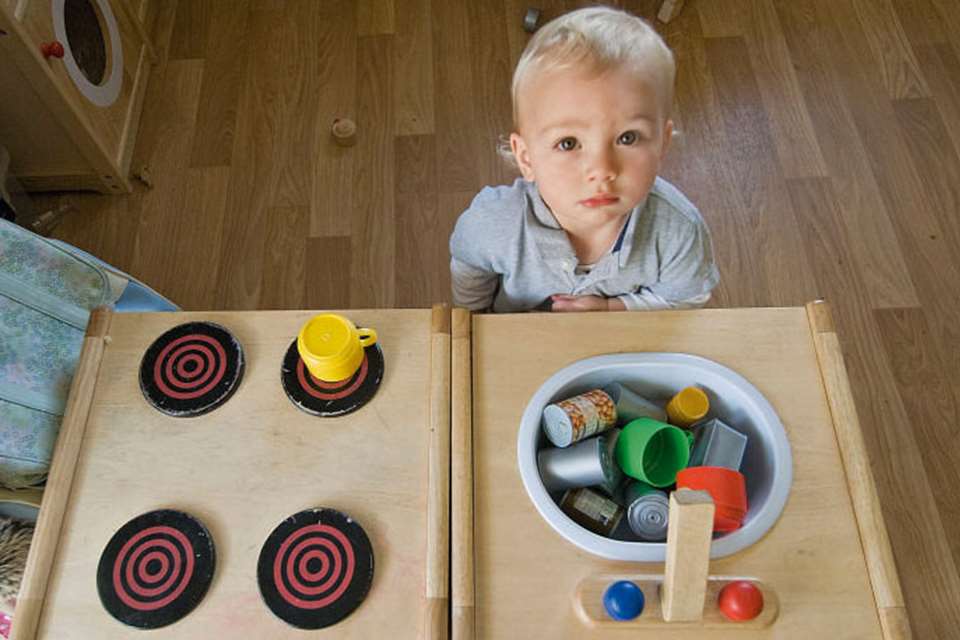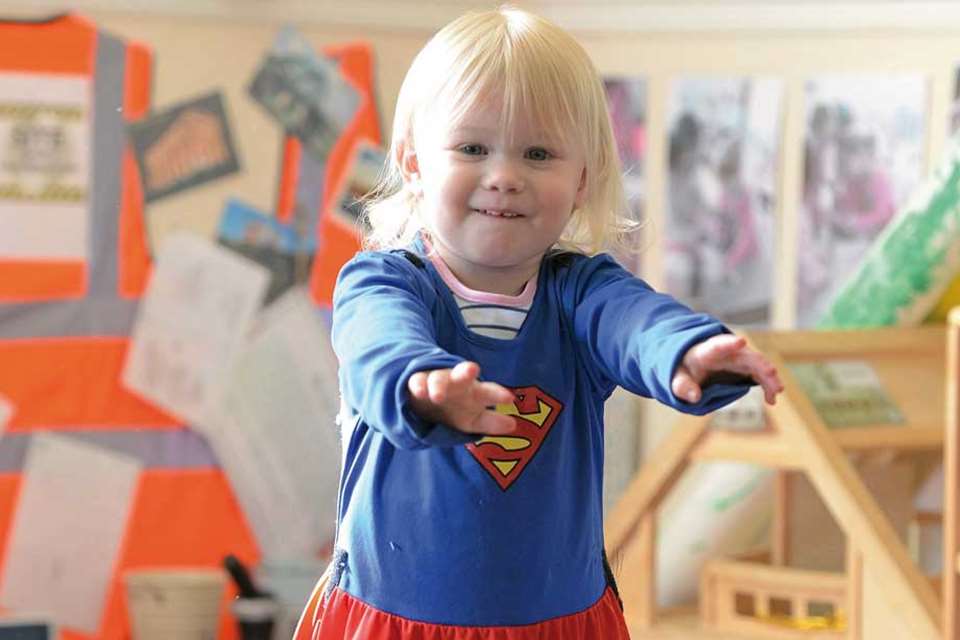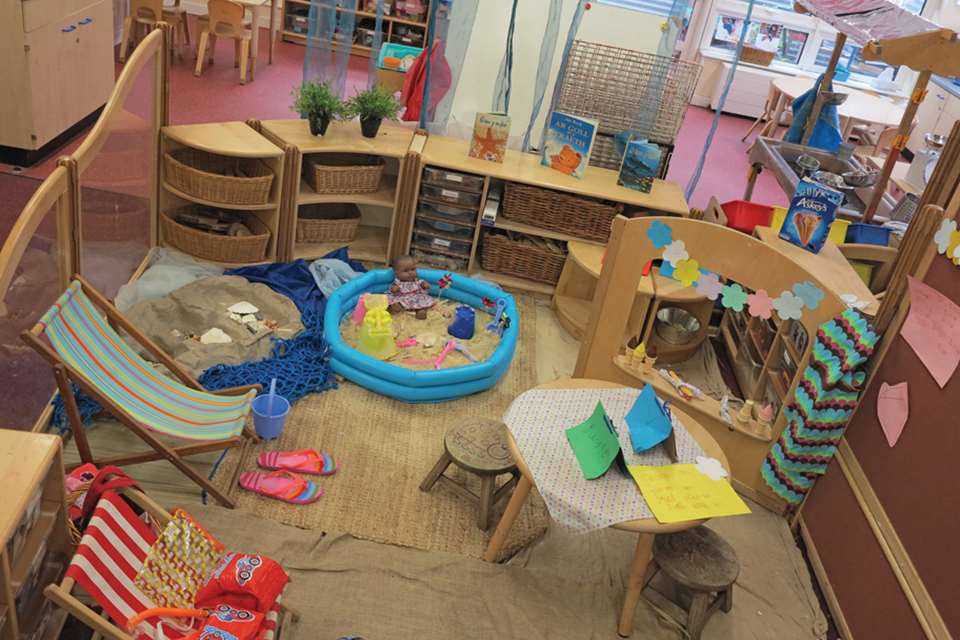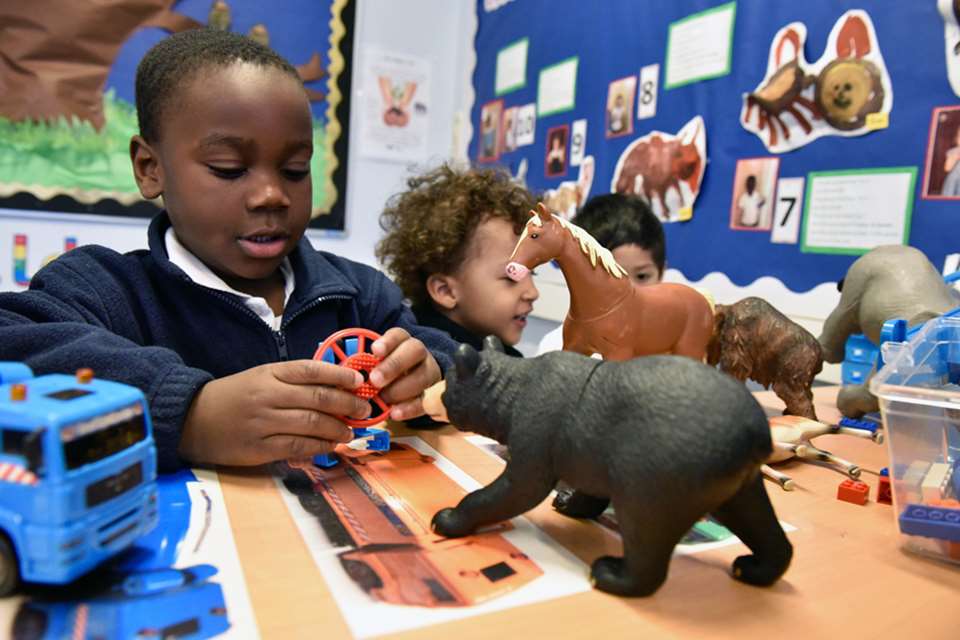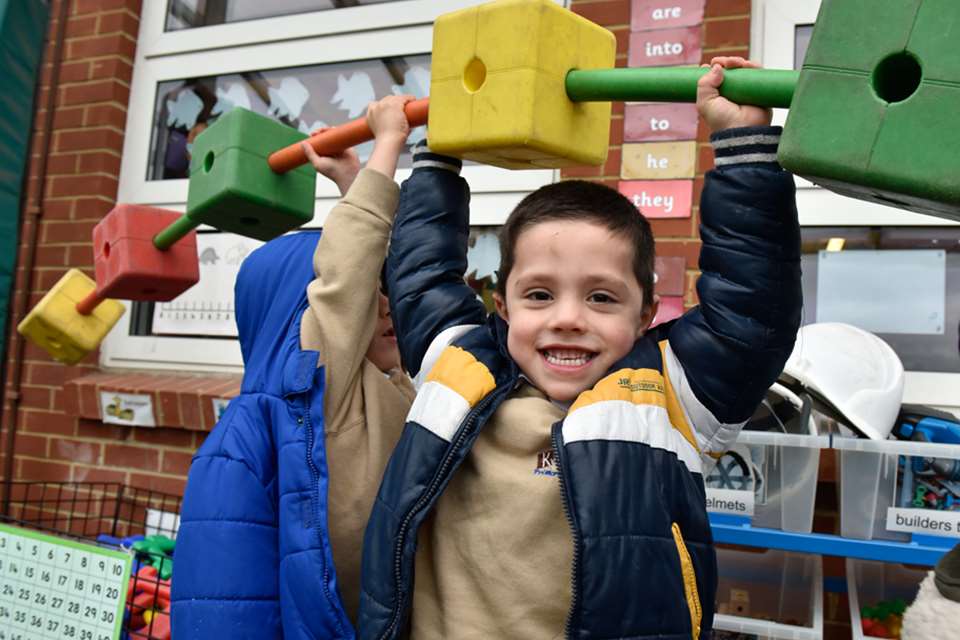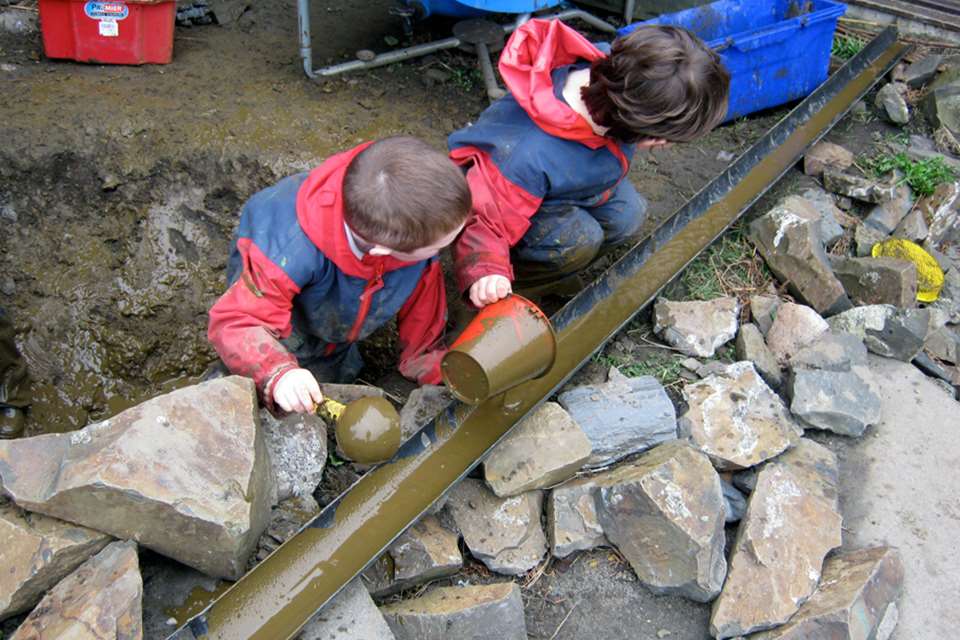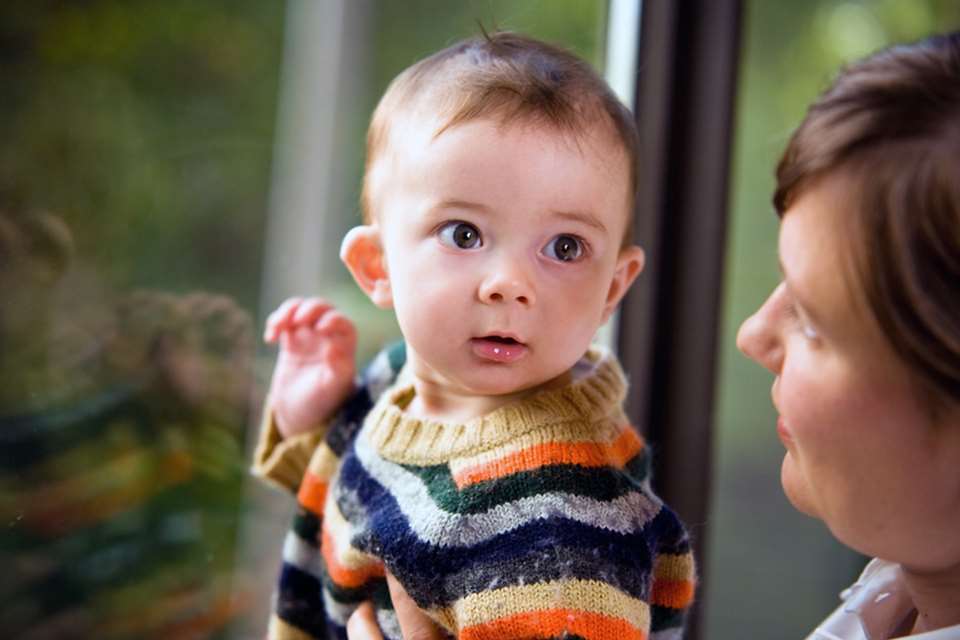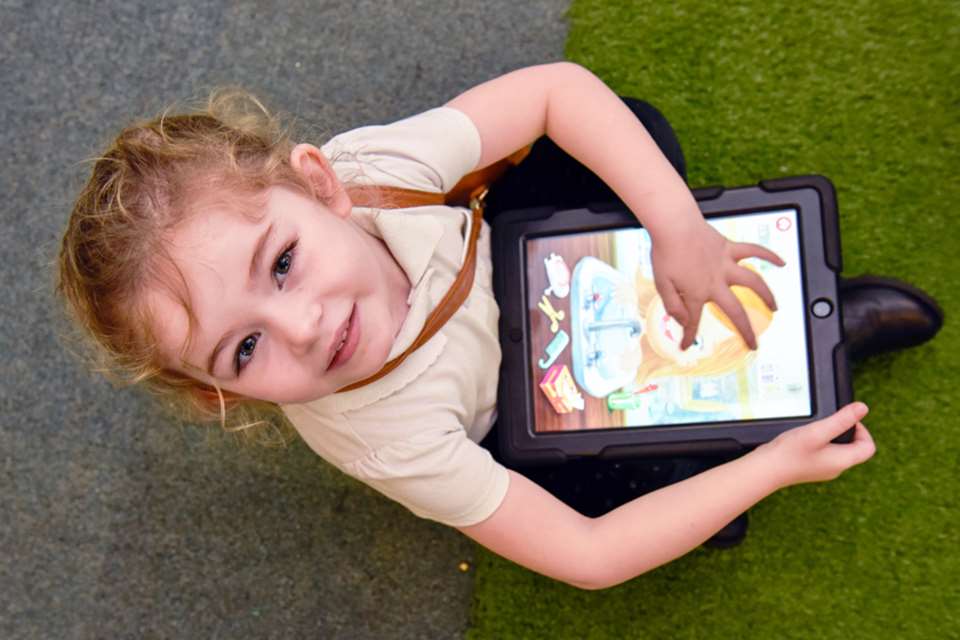Early Years in School: Communication & Language - Speaking parts
Ruth Thomson
Monday, January 25, 2016
Role play that provides opportunities for talking and thinking helps to develop children’s communication and language, reports Jan Dubiel
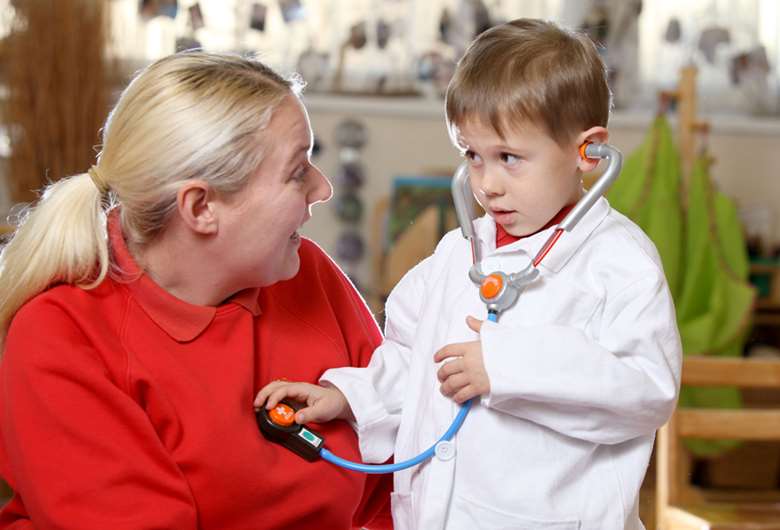
Once, in an interview for a Reception teaching post, I was asked which area of nursery provision I would choose to keep if I could have only one. My immediate response was the role-play area, because I felt that it was potentially the most flexible, dynamic and limitless – every aspect of learning and development can be supported within this natural and authentic context.
Role play incorporates domestic, ‘everyday’ and fantasy scenarios, and as one of the most potent expressions of learning, it enables children to:
- harness and act on their thoughts, feelings and experiences in a safe environment
- imagine, recreate and rehearse actions and narratives, while wrestling with their concerns, interests and challenges
- emulate and reflect on observed behaviours, mimicking adults where necessary, but also reinventing scenarios in which they have control
- thread existing, but possibly ‘untried’, knowledge and skills into narratives, so making sense of and ‘owning’ what has been learned.
- Central to this is the natural flow of storytelling, and language, both as a means of communication with playmates and as a means to support children’s thinking.
PRIME AREA
The importance of Communication and Language is recognised within the EYFS statutory framework as a Prime area, and is separate from the Specific area of Literacy.
Communication is the critical vehicle for developing social skills, such as negotiating, describing, identifying, naming and instructing. It is pivotal too in developing self-confidence and self-esteem and in our ability to make our needs, ideas and opinions known to others.
Equally important is the place of language in the development of ‘meta-cognition’ – the ability to describe, articulate and think about thinking. Described by Piaget as ‘private speech’, this aspect of language refers to the ongoing internal conversation we have with ourselves to describe objects, events, feelings, thoughts and observations.
Evidently, as the complexity and sophistication of language develops, so does the ability to provide more precisely nuanced descriptions of this ‘private speech’. This, in turn, enables us to make greater links within what we know, to explore more possibilities and to ‘lock’ these experiences in our memory by using language to describe and name them.
An important distinction is that between ‘receptive’ and ‘expressive’ language.
Receptive language is what is heard, understood and sometimes acted upon; processing information into thoughts and actions. Although outwardly passive, it is a critical skill in making sense of people and the world, responding to instructions, anticipating events, comprehending situations and so on.
Expressive language is used to communicate with others, convey meaning and label and describe objects and situations. It is also a key component for processing this into thinking and memory. The role of expressive language – vocalised or not – is a vital aspect of holistic development that needs to be supported and cannot be undervalued.
While communication and language are therefore critical in their own right and distinct from Literacy, it is also clear that good outcomes in reading and writing are dependent on a child having effective language skills and being a confident speaker. As James Britton noted, ‘Reading and writing float on a sea of talk.’
What, then, are the key considerations for ensuring that role-play areas provide for, support and challenge the development of children’s language and communication?
ENABLING ENVIRONMENT
To generate the level of motivation and interest necessary to promote effective language learning within role play, practitioners need to consider the nature and focus of role play as well as the resources to support it.
Domestic role play
Space permitting, EYFS settings should aim to offer a ‘domestic role play area’ as part of their continuous provision. A ‘home-inspired’ area, stocked with ‘everyday’ resources, allows children to develop narratives and talk about their home life.
Themed role play
Additionally, and again space permitting, settings should offer themed role play as a means of dramatic storytelling. Familiar themes are travel agents, police stations, cafés and hairdressers, but there is no definitive list. What is important is that the choice of scenario is underpinned by the following principles:
Themed role play needs to be responsive to children’s interests, so cannot be planned far in advance. Once, following a walk to look for signs of spring, my class returned with an unassailable fascination for the carwash that they had seen. So, we set up one outdoors and high-quality play and discussion followed, including the morality of selling cigarettes from the kiosk.
Children should choose the theme – even if carefully ‘guided’ by adults. Genuine ‘ownership’ of the idea will enhance children’s levels of participation and engagement.
I recall my carefully equipped Goldilocks role-play area being invaded by Teenage Mutant Ninja Turtles in need of pizzas
Children should, wherever possible, visit the ‘real place’, as this will make a critical difference to the quality of their play and exploration. For example, visiting an estate agent’s and talking to staff their about their role will provide the inspiration for children to emulate and develop what they have seen and learned.
Fantasy role play
Conjured up from traditional tales and fairy stories, fantasy role play provides magical possibilities for children to retell and adapt known fables and so immerse themselves in language uncommon in everyday situations.
To support children’s retelling of Goldilocks, for example, settings could provide a dress and wig, three bear costumes and bowls, spoons, beds and chairs in different sizes. However, they should not preclude the likelihood that children will want to adapt and depart from the original theme, and add their own resources.
I recall my carefully equipped Goldilocks role-play area being invaded by Teenage Mutant Ninja Turtles in need of pizzas, which were hastily cut from cardboard and decorated.
Whatever you want it to be
The work of Pat Broadhead explores a more open-ended approach to facilitating role play by providing explicitly flexible resources that require the children to interpret them in a highly individual and unpredictable way.
The use of, for example, cardboard boxes, drapes and blocks – with the understanding that this is ‘a whatever you want it to be place’ (Broadhead) – enables children to fully realise what Kathy Goouch describes as ‘intentionality’.
THE ADULT ROLE
The second key consideration when planning and supporting role play are adult-child interactions and how these can enhance or undermine children’s storytelling and discussions.
Given the importance of communication and language within all forms of role play, practitioners should:
- participate in a considered and sensitive way – deciding if and when to intervene in children’s play is a constant tension for early years practitioners. So, be sure to stop, reflect and assess whether any engagement will dampen or illuminate children’s learning.
- look out for the ‘invisible moments of possibility’ – children’s play presents many opportunities for learning that are only visible to the adult. Role play is particularly effective for developing children’s vocabulary and scaffolding their ‘meta-language’. Introducing the name of a particular tool, process or concept that is unknown to the child during role play provides a meaningful context in which the child can both learn and practise using the new language. For example, the child waving a wand might not know the expression ‘magic spell’ or ‘abracadabra’ – so what better time to introduce it?
- model language – by taking on a role and participating directly in children’s role play, the practitioner can introduce related ideas and language. For example, the practitioner may take on the role of an indecisive customer at a travel agent’s and ask questions that will require the child to respond in many different ways.
- enable children to communicate ‘expressively’, rather than just ‘receptively’ – this is perhaps the most important aspect of adult-child interactions during role play and requires the practitioner to ask open-ended questions. These need to follow the child’s lead, then enhance it by prompting the use of new language and giving the child the confidence to ‘try out’ and ‘risk’ exploring ideas and narrative verbally.
FURTHER READING
Pat Broadhead and Andy Burt (2011). Understanding Young Children’s Learning through Play: Building Playful Pedagogies. Routledge
Marion Dowling (2013). Young Children’s Thinking. Sage Publications
Liz Marsden and Jenny Woodbridge (2005). Looking Closely at Learning and Teaching: A Journey of Development. Early Excellence
Jan Dubiel is national development manager at training and resources company Early Excellence, http://earlyexcellence.com


